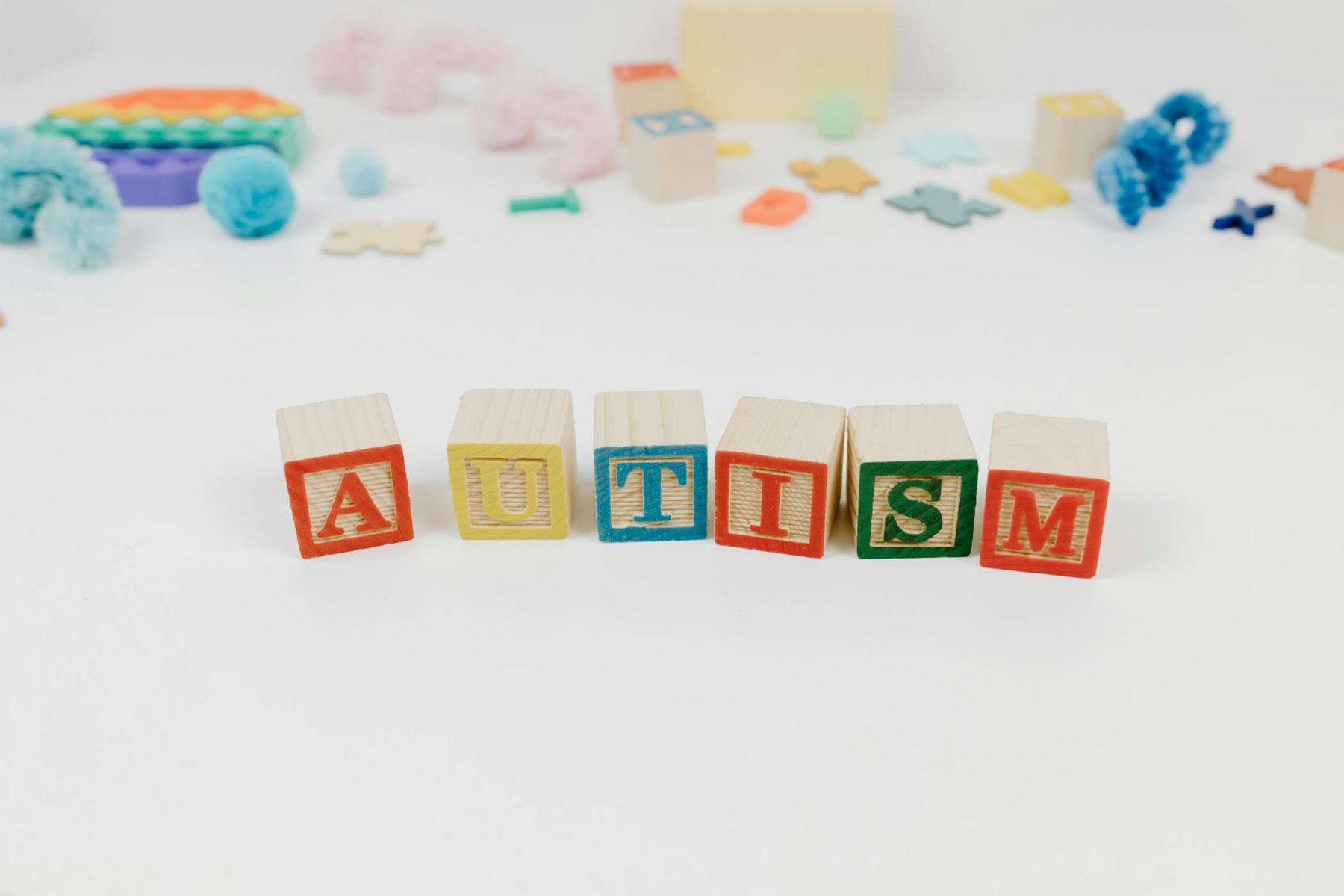How Do Speech Pathologists Support Children with Autism Worldwide?
Autism Spectrum Disorder (ASD) presents complex communication challenges that require specialised support from speech pathologists. Understanding the global landscape of speech pathology practices for children with ASD provides valuable insights into current trends, strengths, and areas for improvement. A groundbreaking international survey conducted by the International Association of Logopedics and Phoniatrics (IALP) Child Language Committee has shed light on the practices of speech-language pathologists (SLPs) working with children with ASD across 35 countries, including implications that directly affect our practices here in Australia.
As a speech pathologist with over a decade of experience and research in this field, I find this study particularly illuminating for reflecting on our approach to supporting children with ASD in the Australian context. This comprehensive survey, published in 2017 in the esteemed journal Folia Phoniatrica et Logopaedica, captured responses from 1,114 SLPs globally, offering unprecedented insights into assessment, diagnosis, and intervention practices. The findings have significant implications for Australian speech pathologists, parents, educators, and allied health professionals who support children with ASD.
What Does the Global Landscape of Speech Pathology Support for Children with ASD Look Like?
The survey revealed that most speech pathologists (91%) had significant experience working with children with ASD, indicating the global prevalence of ASD in speech pathology caseloads. Notably, 75% of respondents worked in educational settings—either schools or early childhood centres—highlighting the critical role speech pathologists play in supporting communication development within educational environments.
This aligns closely with what we observe in the Australian context, where speech pathologists increasingly work within educational frameworks to support children with ASD. The high percentage of clinicians working in educational settings emphasises the importance of collaborative approaches between speech pathologists, educators, and other professionals. In Australia, where inclusive education practices are prioritised, this collaborative model is particularly relevant.
For Australian speech pathologists, this finding reinforces the importance of developing expertise in educational consultation and collaboration. Parents should expect their child’s speech pathologist to maintain open communication channels with educational staff and to provide strategies that can be implemented across environments. The educational focus also highlights the need for Australian university programmes to prepare speech pathology students specifically for collaborative work in educational settings with children with ASD.
How Are Children with ASD Being Diagnosed and at What Age?
The survey found that the typical age of ASD diagnosis reported by participants was 3-4 years, with diagnoses typically completed by multidisciplinary professional teams. This finding is significant, as early diagnosis enables earlier intervention, which is associated with better developmental outcomes.
In Australia, where we have established diagnostic pathways through paediatricians, child psychiatrists, and multidisciplinary assessment teams, this finding offers both validation and cause for reflection. While the 3-4 year diagnostic age is consistent with many Australian experiences, we know that signs of ASD can be detected much earlier, sometimes from 12-18 months. This suggests an opportunity for Australian speech pathologists to enhance their role in early identification and referral.
The multidisciplinary approach to diagnosis reported in the survey aligns with best practice and is congruent with Australian diagnostic protocols. However, it raises questions about accessibility for families in rural and remote Australia, where access to multidisciplinary teams may be limited. Telehealth services, which have expanded significantly since the COVID-19 pandemic, offer a potential solution to this geographical challenge, allowing speech pathologists to participate in diagnostic teams regardless of location.
What Assessment Practices Are Speech Pathologists Using Globally for Children with ASD?
The survey indicated that speech pathologists globally are employing evidence-based assessment practices for children with ASD. Comprehensive communication assessments covering multiple domains—including receptive and expressive language, pragmatic skills, and social communication—were commonly reported.
However, one concerning finding was the limited involvement of parents in the assessment process. This gap is particularly noteworthy given the critical importance of parent perspectives in understanding a child’s communication across contexts and in designing effective interventions.
For Australian speech pathologists, this finding serves as a reminder to prioritise parent involvement throughout the assessment process. Parent report measures, interviews, and observations of parent-child interactions should be standard components of our assessment protocols. The family-centred practice model, which is strongly emphasised in Australian healthcare, calls for meaningful partnership with parents at every stage of service delivery.
Parents of children with ASD in Australia should expect to be actively involved in their child’s assessment, not merely recipients of assessment results. This involvement is especially crucial given that parents often observe communication behaviours that may not be evident in the clinical setting.
What Intervention Approaches Are Being Employed by Speech Pathologists for Children with ASD?
The survey findings suggest that speech pathologists globally are employing evidence-based intervention approaches for children with ASD. This indicates a positive trend in the profession’s commitment to science-based practice.
In Australia, we see similar adherence to evidence-based interventions, with approaches such as the Early Start Denver Model, Pivotal Response Treatment, and naturalistic developmental behavioural interventions gaining traction. Australian speech pathologists also frequently employ visual supports, social stories, and augmentative and alternative communication (AAC) systems when appropriate.
The survey findings reinforce the importance of selecting intervention approaches based on individual needs rather than applying a one-size-fits-all model. This personalised approach is particularly relevant in the Australian context, where the National Disability Insurance Scheme (NDIS) aims to provide individualised supports based on specific needs and goals.
For parents of children with ASD in Australia, these findings suggest that they should expect interventions tailored to their child’s unique communication profile and family priorities. Speech pathologists should be able to clearly explain the evidence base behind chosen intervention approaches and how they align with the child’s specific needs.
What Areas Need Improvement in Speech Pathology Practice for Children with ASD?
The survey identified two key areas where speech pathologists globally may need further support:
- Involving parents in assessment practices: As discussed earlier, parent involvement in assessment was identified as an area needing improvement. This finding is particularly relevant for Australian practice, where family-centred care is emphasised but may not always be fully realised.
- Supporting literacy development in children with ASD: The survey highlighted a gap in literacy support for children with ASD. This is significant given that many children with ASD have the cognitive potential to develop literacy skills but may face specific challenges in this area.
For Australian speech pathologists, these findings present clear directions for professional development and practice improvement. Enhancing strategies for meaningful parent involvement should be prioritised, perhaps through specific training in family-centred practice models and collaborative goal-setting approaches.
The identified gap in literacy support suggests that Australian speech pathologists should increase their focus on literacy assessment and intervention for children with ASD. This might involve developing specialised approaches that account for the unique learning profiles often seen in ASD, including visual learning strengths, hyperlexia in some cases, and challenges with reading comprehension despite strong decoding skills.
For parents of children with ASD in Australia, these findings suggest that they should advocate for active involvement in their child’s assessment and intervention, and specifically inquire about literacy support if their child is of school age or approaching school entry.
Enhancing ASD Support: Moving Forward in Australian Speech Pathology
The international survey provides valuable insights that can inform and enhance speech pathology practice for children with ASD in Australia. The findings validate many existing practices while highlighting specific areas for improvement.
For Australian speech pathologists, the results suggest several actionable steps:
- Continue to employ evidence-based assessment and intervention approaches while ensuring these are individualised to each child’s needs.
- Develop more robust strategies for meaningful parent involvement throughout the assessment and intervention process.
- Enhance focus on literacy assessment and intervention for children with ASD, recognising the unique learning profiles often associated with the condition.
- Strengthen collaborative practices with educators, given the high proportion of speech pathologists working in educational settings.
- Consider how telehealth services can enhance access to specialised ASD support, particularly for families in rural and remote areas.
For parents and carers of children with ASD, the findings emphasise the importance of:
- Actively participating in assessment and intervention planning.
- Seeking speech pathologists who can clearly articulate their approach and its evidence base.
- Asking specifically about literacy support if relevant to their child’s age and stage.
- Expecting coordination between speech pathology services and educational settings.
This international perspective offers a valuable opportunity for reflection and growth in how we support children with ASD in Australia. By addressing the identified gaps while building on existing strengths, we can continue to enhance outcomes for children with ASD and their families across diverse Australian contexts.
If you or your child need support or have questions, please contact us at Speech Clinic.
How early can speech pathologists identify signs of autism in children?
Speech pathologists can observe early communication differences that may indicate ASD from as young as 12-18 months. These may include delayed babbling, limited gesture use, reduced joint attention, and unusual prosody or intonation. While speech pathologists don’t diagnose ASD independently, they play a crucial role in early identification and referral to diagnostic teams. Early identification enables earlier intervention, which research consistently shows leads to better developmental outcomes.
What specific assessments do speech pathologists use for children with autism?
Speech pathologists employ a range of assessments for children with ASD, including standardised language tests, pragmatic language profiles, communication sampling, and observational tools specific to autism. In Australia, commonly used measures include the Children’s Communication Checklist (CCC-2), the Clinical Evaluation of Language Fundamentals (CELF-5), and autism-specific tools like the Communication and Symbolic Behavior Scales (CSBS). Comprehensive assessment typically examines receptive and expressive language, social communication, pragmatics, play skills, and literacy development where age-appropriate.
How do speech pathologists support literacy development in children with autism?
Speech pathologists support literacy in children with ASD by addressing underlying language skills, teaching explicit connections between spoken and written language, and adapting literacy instruction to leverage the visual learning strengths often seen in autism. Interventions might include visual supports for reading comprehension, explicit teaching of narrative structure, and strategies to address hyperlexia (advanced word recognition with limited comprehension). Speech pathologists also collaborate with educators to ensure consistent literacy support across environments.
What role should parents play in speech therapy for children with autism?
Parents should be active participants in all aspects of speech therapy for children with ASD. This includes providing developmental history during assessment, observing and participating in therapy sessions, implementing strategies in daily routines, and collaborating on goal setting. The research indicates that parent-implemented interventions can significantly enhance outcomes, as they increase the dosage of therapy and promote generalisation of skills across contexts. Speech pathologists should provide coaching and resources to empower parents in this role.
How do speech pathologists collaborate with other professionals when supporting children with autism?
Speech pathologists collaborate with multiple professionals to provide comprehensive support for children with ASD. This typically includes regular communication with psychologists, occupational therapists, educators, and paediatricians. In Australia, this collaboration may occur through formal team meetings, shared reports, joint sessions, or participation in NDIS planning. Effective collaboration ensures consistency across interventions, prevents contradictory approaches, and addresses the child’s needs holistically. Speech pathologists often take a leadership role in addressing the communication aspects of this collaborative care.

















